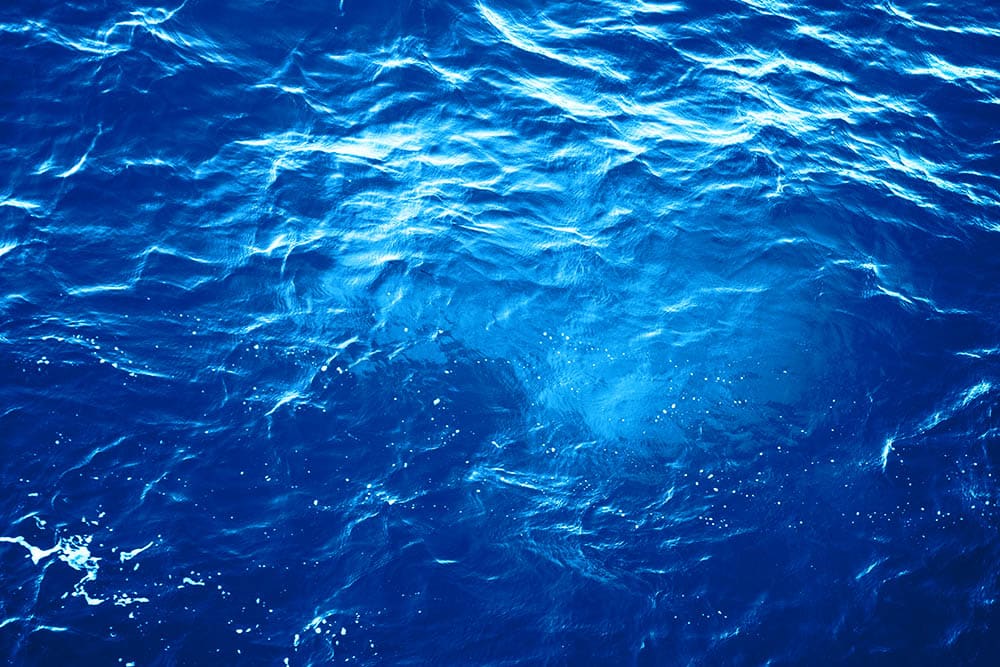Water is a basic necessity of life, but access to clean water is still a luxury that some people do not have. In many areas of the world, polluted water sources lead to a range of health problems, including death. Polluted water has also been linked to environmental degradation, including the death of aquatic creatures and plants, as well as the contamination of soil and air. Recently, there has been a heightened awareness of the need to protect water sources by ensuring that they remain clean and safe.
The Importance of Clean Water
Clean water is a critical requirement for human and environmental health. It is essential for drinking, bathing, and irrigation, among other needs. In addition, clean water is necessary for the survival of aquatic creatures and plants. The availability of clean water contributes to environmental sustainability since it aids in maintaining soil fertility, reducing air pollution, and increasing the resilience of natural systems to climate change.
According to the World Health Organization (WHO), traditional water treatment methods are ineffective at removing or killing certain waterborne pathogens, especially protozoa and viruses. In addition, water treatment plants are not designed to remove emerging contaminants, such as pharmaceuticals, personal care products, and endocrine disruptors. As a result, many water sources remain contaminated with these substances, which pose health risks to human and aquatic life.
The Causes of Water Pollution
Water pollution is a major environmental issue that affects the health of millions of people worldwide. It can occur naturally or through human activities. Natural water pollution occurs when a natural event, like an eruption of a volcano or a landslide, causes soil and other sediments to enter water bodies.
However, human activities are the main sources of water pollution. Industries, agriculture, and domestic activities contribute to water pollution through waste disposal and chemical use. Polluted water can then infect animals that live in or near the water, polluting the food chain.
How to Protect Water Sources
Protecting water sources from pollution is a collective responsibility. Here are some strategies that can be used to protect water sources:
1. Reduce Chemical Use
Reducing the use of chemicals in agriculture, industry, and domestic settings is one way to protect water sources. Chemicals like pesticides and fertilizers, detergents and other household cleaning products, industrial chemicals, oils, and fuels can all contaminate water sources when disposed of improperly. The best way to reduce these contaminants is to reduce the amount of chemicals used and properly dispose of them when they are no longer needed.
2. Manage Wastes Properly
Disposing of waste inappropriately can contribute to water pollution. Waste management strategies such as separation of garbage, composting, and recycling can reduce the amount of waste that goes into landfills, where they may leach chemicals into groundwater.
3. Reduce Industrial Contamination
Industries produce a large amount of waste and pollutants, including heavy metals, chemicals, and other harmful substances. Industrial activities must be regulated to ensure that they do not pollute water sources. Proper waste management practices, including reducing the amount of waste produced, optimizing the use of resources, and using non-toxic or biodegradable materials, can also help reduce pollution.
4. Support Conservation Efforts
Conservation efforts, including those of organizations that focus on the management and conservation of water sources, can help protect water sources. These efforts include streamside and wetland restoration, water conservation measures, such as the reduction of water usage by households, and the conservation of forests and other ecosystems that provide crucial ecosystem services.
The Benefits of Protecting Water Sources
Protecting water sources has numerous benefits, both for the environment and human health. These benefits include:
1. Improved Public Health
Clean water is an essential component of public health. By protecting water sources from pollution, we can reduce the incidence of waterborne diseases and prevent other health issues caused by contaminated water sources.
2. Environmental Sustainability
Protecting water sources helps maintain the health and diversity of aquatic ecosystems. Clean water also helps ensure the sustainability of agricultural production, improving food security for millions of people worldwide.
3. Improved Economic Opportunities
Polluted water sources can lead to significant economic losses through reduced agricultural productivity, lost income for fishermen and other affected workers, and increased healthcare costs resulting from waterborne diseases. By protecting water sources, we can improve economic opportunities for people living in affected areas.
The Role of Government and Communities in Protecting Water Sources
Governments and communities play critical roles in protecting water sources. Governments must develop and enforce regulations that limit the amount of pollutants that industries, agriculture, and other sources of contamination can release into water sources. Communities can support conservation efforts, participate in education and awareness programs, and engage in clean-up activities.
Conclusion
Access to clean water is a human right. However, polluted water sources pose a serious threat to public health, environmental sustainability, and economic development. Protecting water sources requires a collective effort by governments, industries, and communities worldwide. Through strategies like reducing chemical use, proper waste management, and conservation efforts, we can ensure the availability of clean water for generations to come.
